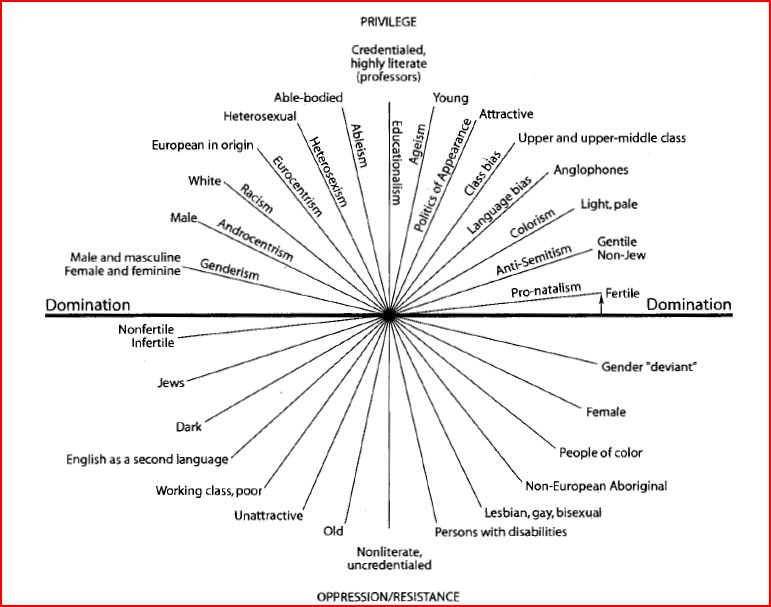I recently had a conversation with an old high school classmate about my activism and why this middle aged, privileged white woman choose to go back to school for another undergraduate degree. Why would I take on homework assignments, technological challenges, uncomfortable discussions, deadlines and a whole lot of self reflection. After all, I’m at the height of privilege as my youngest daughter will be off to college soon, my business is strong and flexible, my husband’s work is solid but winding down. When I could be off busying myself with fantastical vacations that keep my head above the fray and shielded from any suffering from others, I rightly choose to open my eyes all the more and arm myself with knowledge. Why? Because my daughters brought a sense of urgency and necessity to wake up and acknowledge the suffering and oppression of those around us. The 2016 election was devastating and while I was an absolute mess trying to understand how people I thought I knew could empower a racist, misogynistic conman, I witnessed my daughters’ friends remain composed and treat each day just like every past day in their lives. They had lived with the racism, the discrimination, the micro aggression each and every day prior to 2016. They had clarity on how our society was built and how it truly functioned. And that left me shook. How could these 16 year old kids have more awareness than this full grown ass adult? Because they are black girls.
Finding strength in my daughters and their friends, I enrolled and started a path that I cherish. The knowledge is so insanely valuable that I leave each and every class wondering why it isn’t taught in every single lower school or high school or college. When I talked to my advisor about registering for the fall semester, I specifically wanted gain more knowledge on systems of oppression. It is important to me and the work that I do with voter registration to understand the barriers that are in place that oppress anyone. So my advisor recommended this class. And she was right. What I take from this class is greater understanding of the silent and invisible barriers that continue to block the empowerment and voices of those marginalized. These barriers are so thinly veiled at times that the typical white person will completely overlook what is right before them and further, they will agree with statements that perpetuate oppression or serve as a dog whistle. As Robin D’Angelo stated in White Fragility, “progressives do the most daily damage” by not dismantling the systems oppression and instead spending their time trying convince others of their wokeness. I firmly believe that this is in part due to the lack of knowledge and introspection for some, but clearly not all. It takes work, and why should a comfortably situated person purposefully take on the discomfort and challenge how they arrived to their position in society. Suzanne Pharr spoke about the evolution of our democracy and how it “requires a struggle against discrimination based on race, class, gender, sexual identity, ableism and age – those barriers which keep large portions of the population from having access to economic and social justice, from being able to participate fully in the decisions affecting our lives, from having a full share of both the rights and responsibilities of living in a free society”. Having wrote that statement in 1996, I wonder how she feels now with the deterioration of our current political and social environment.
It is commonly accepted that the victor writes history, even if it is incorrect or white washed. But in our current world with technology at our fingertips, where race, gender, orientation, identity is theoretically not a factor, we are reminded that the platforms that are user content driven continues to perpetuate the marginalization. The Wikipedia project really drove the point home how current systems of oppression are still at play in a technological world.
So back to my high school friend and what I will do with the information gained from this class. Prior to taking formal classes I would get in to discussion on social justice issues which typically turned to non-fruitful emotion based arguments. But over time as I became more knowledgable, my discussion elevated to fact based, persuasive exchanges. I use the knowledge from this class and others to arm myself with information and work towards opening the minds of privileged white people, even those that claim to be progressive yet remain in the dark. That high school friend, he contacted me privately after yet another public, vigorous discussion about racism and discrimination. Over time I had opened his eyes on many facets of social justice and he too had started having an internal dialogue about how he contributes to systems of oppression. It’s not much, but it is a start to a long and hopefully fruitful path in dismantling systems of oppression.

